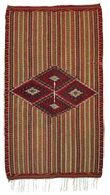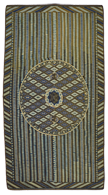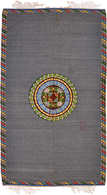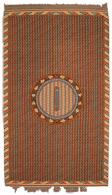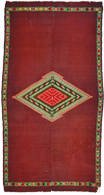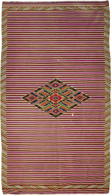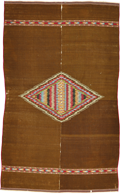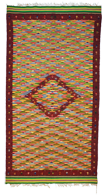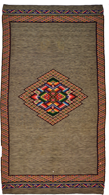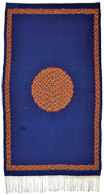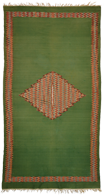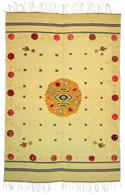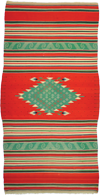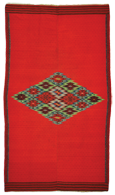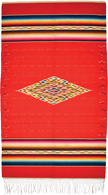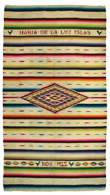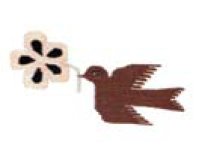Introduction

a cold December morning in the year 1531, just ten years after the Aztec empire fell to the Spanish, a Christianized Indian had a vision, which has persisted in Mexican religious belief to this day. Juan Diego was climbing a hill called Tepeyac outside Mexico City when he suddenly came face to face with a dark skinned Madonna bathed in golden light. Speaking in Nahuatl, she told him that she was the Mother of God and sent him to see the local Bishop with orders that a shrine be built in her honor on that spot. Th e skeptical Bishop sent the Indian back for some kind of evidence and, as legend goes, she brought forth roses from the cold winter earth, which he gathered in his tilma, a plain shoulder blanket woven from plant fibers. Upon opening his blanket for the Bishop the fresh bloom- ing roses spilled out and upon the cloak was emblazoned a likeness of the Virgin of Guadalupe — the New World Madonna. She was officially recognized as early as 1745 by Pope Benedict XIV and declared Queen of Mexico and Empress of the Americas by Pope Pius XII in 1945. Millions of pilgrims visit the basilica built on the Tepeyac site each year to view the revered cloak. Th at the most enduring symbol of New World Catholicism appeared on the warps and wefts of Juan Diego's tilma illustrates how deeply the textile arts are interwoven with Mexican culture, history and its national identity.
Previously published work on the Saltillo Sarape has primarily concentrated those textiles classified as Classic, that is to say, weavings produced from the eighteenth through the mid-nineteenth centuries. Th is is certainly understandable as these world-class weavings are among the most magnificent ever produced in any culture. They have always been costly, a sign of wealth and privilege, and they are rare and expensive to collect today. Mark Winter, the foremost authority on the topic, has written insightfully in his essay, beginning on page 15, about the history and development of the Classic Saltillo Sarape.
However, Saltillo Sarapes woven in the post-classic period, after 1850 and up to the decline of the indigenous Mexican weaving industry in the early twentieth century, have received considerably less attention. Th is represents a seventy-five year period in which superb examples were produced with an expanded canon of design concepts and the benefit of newly available dyes and yarns. Th is was also an era of growing nationalism, when the sarape became a symbol of Mexican pride. Th e weavings of this period are the subject of this exhibition and my essay, which begins on page 33.
T.M.



